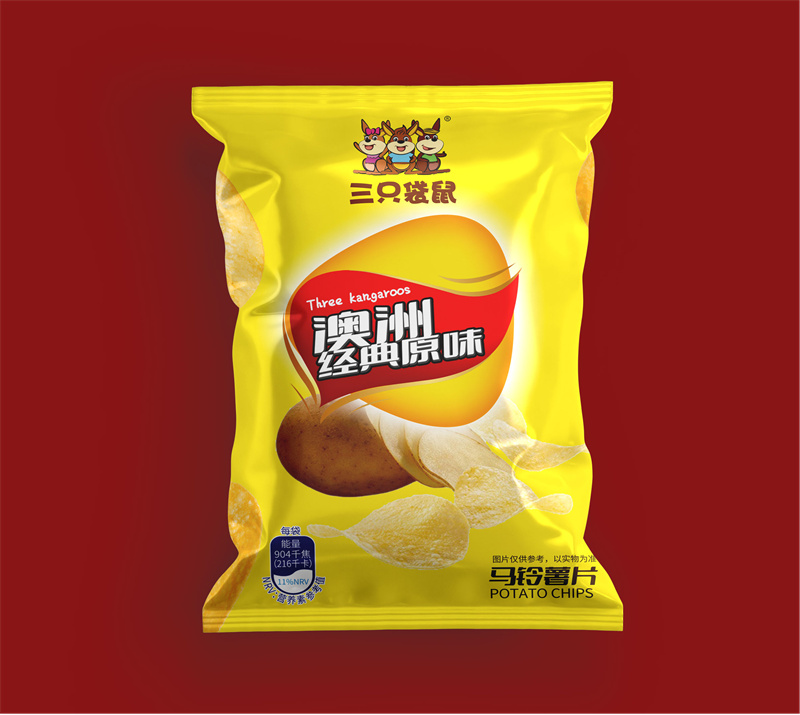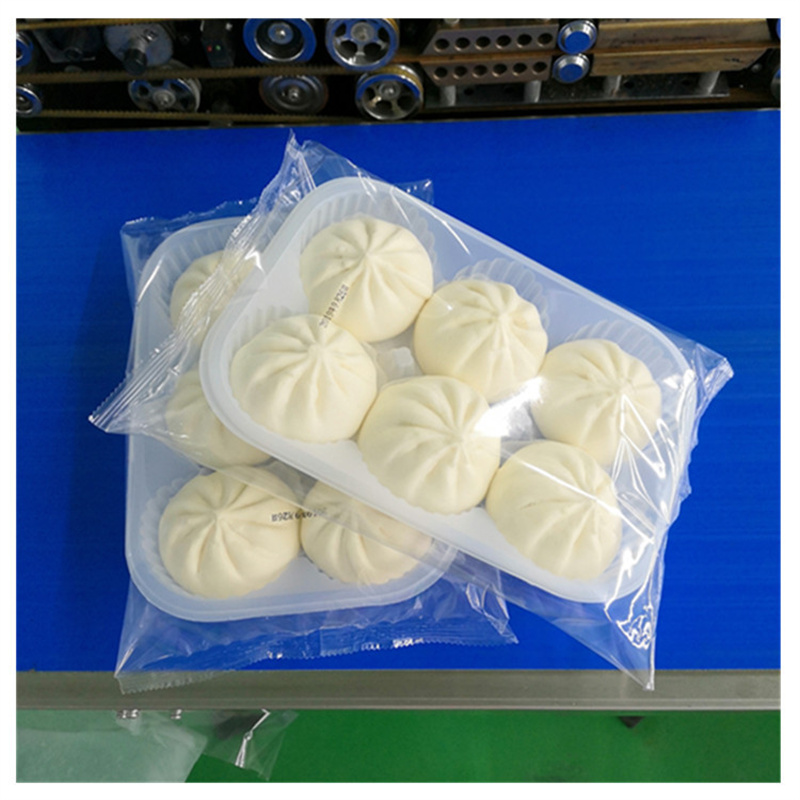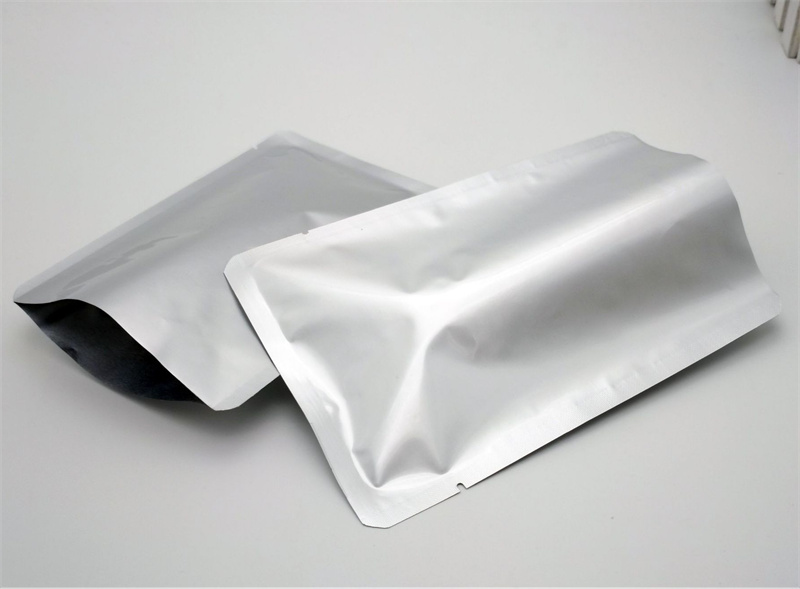How to Choose Material for Food Packaging Bags!!
The main functions of packaging are twofold: The first is to protect the product; The second is to beautify and promote the products. The fundamental task of packaging design is to scientifically and economically complete the shape, structure and decoration design of product packaging. It applies aesthetic principles and visually presents the shape of packaging containers with both packaging functions and aesthetic appearance through changes in factors such as form and color. The packaging containers must be able to reliably protect the products, must have an excellent appearance, and also have corresponding economic benefits, etc.
● Cold-resistant, low-temperature sealing and strong tensile force
If food bags are required to have the characteristics of moisture-proof, cold-resistant and strong low-temperature heat-sealing tensile strength, a two-layer composite material of BOPP/LLDPE can be selected.
This composite material is generally used in instant noodles, snacks, frozen pastries, powder packaging and other foods.
● It has high oil resistance, transparency and good stiffness
If food bags are required to have the characteristics of moisture-proof, oil-resistant, high transparency and good stiffness, BOPP/CPP two-layer composite materials can be chosen.
This kind of composite material is generally used in biscuits, candies and various light foods.
● Oil-resistant, oxygen-proof, light-blocking and good stiffness
If food bags are required to have the characteristics of moisture-proof, oil-resistant, oxygen-barrier, light-blocking and good stiffness, a two-layer composite material of BOPP/VMCPP can be chosen.
This composite material is generally used in fried foods like potato chips and various dried foods.
● Moisture-proof, oxygen-proof/light-blocking
If the food bags need to have moisture-proof, oxygen-proof and light-blocking properties, a three-layer composite material of BOPP/VMPET/LLDPE can be selected:
This kind of composite material is generally used in foods such as rice-based snacks and tea.
● Moisture-proof and fragrant/heat-resistant
If food bags are required to have the characteristics of moisture-proofing, oxygen isolation, aroma retention and high-temperature resistance, PET/CPP two-layer composite materials can be chosen.
This composite material is generally used in alcoholic beverages, flavored foods, and foods that need to be steamed or boiled, such as frozen buns.
● Moisture-proof, heat-resistant and easy to seal
If food bags are required to have the characteristics of moisture-proofing, high-temperature resistance and easy sealing, a three-layer composite material of PET/PET/CPP can be chosen.
This composite material is generally used in foods such as soy sauce and vinegar.
● Common sense: Aluminized aluminum foil bags
It is suitable for packaging some products that are not prone to moisture and have high requirements for dryness, such as powdered food or medicine, tea, food additives, etc.
Some foods that require vacuum packaging can also choose aluminized aluminum foil bags, such as cooked foods and meat products.
● Common sense: Application of packaging bag materials
Generally speaking, the inner layer of food packaging bags is usually made of PE or PP, the outer layer is PA, and the middle layer is EVOH, PVDC or aluminum-coated film depending on the characteristics of the product.
*PVDC and EVOH have good barrier properties. Placing them in the middle of food bags can effectively prevent oxidation. The aluminum-coated film has good light-blocking properties and is suitable for properties that are not exposed to light.
*PA has good printability, so it is used on the outer layer
Post time: Jun-25-2025







